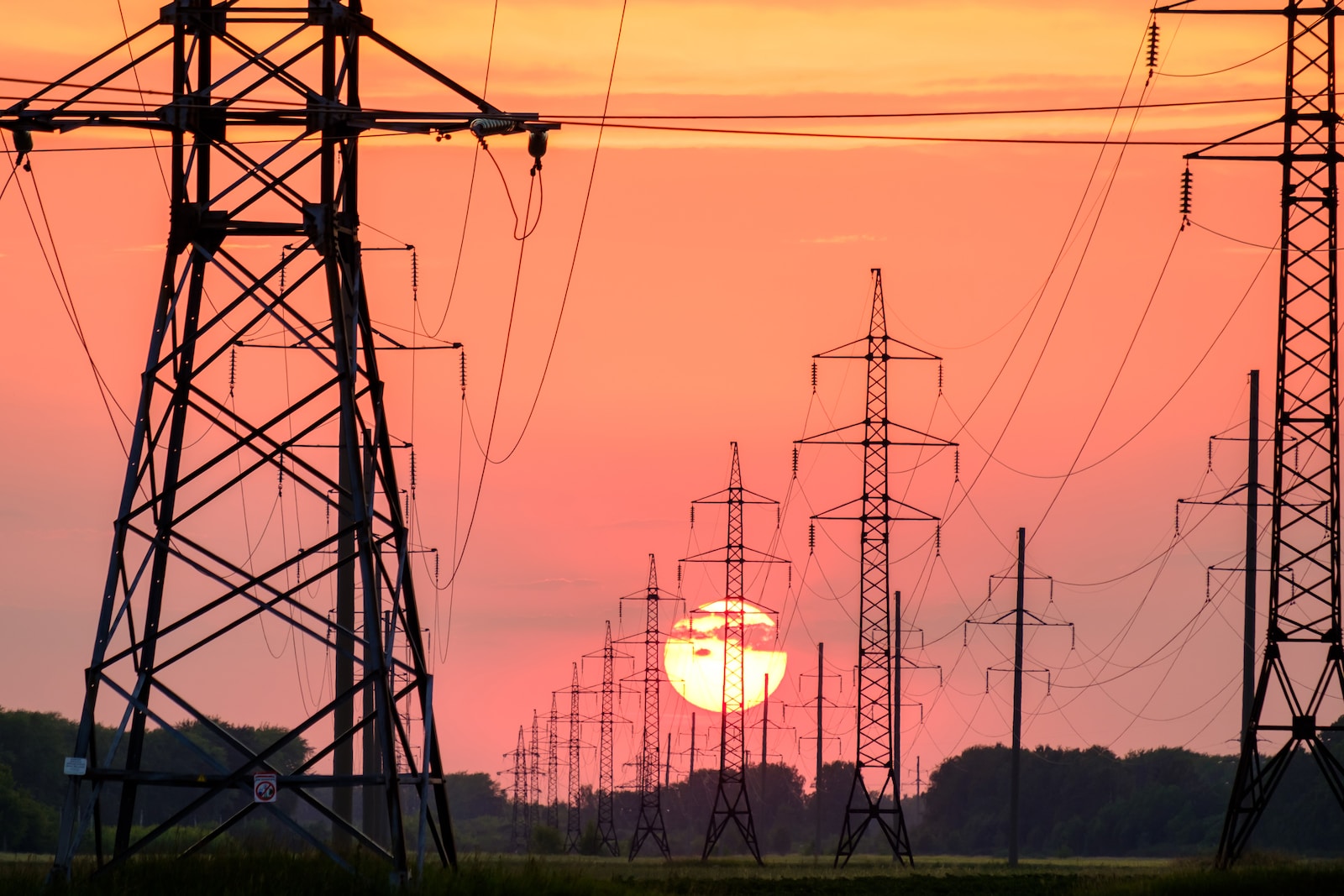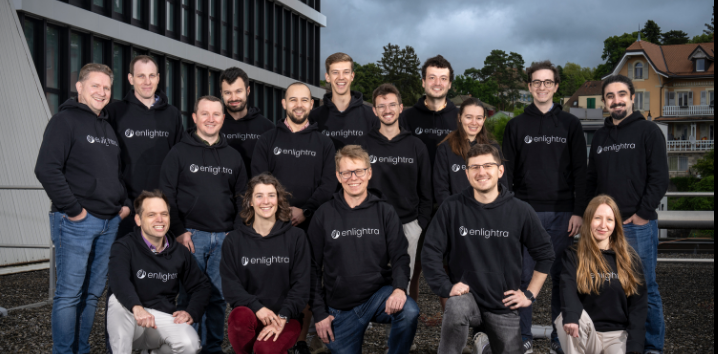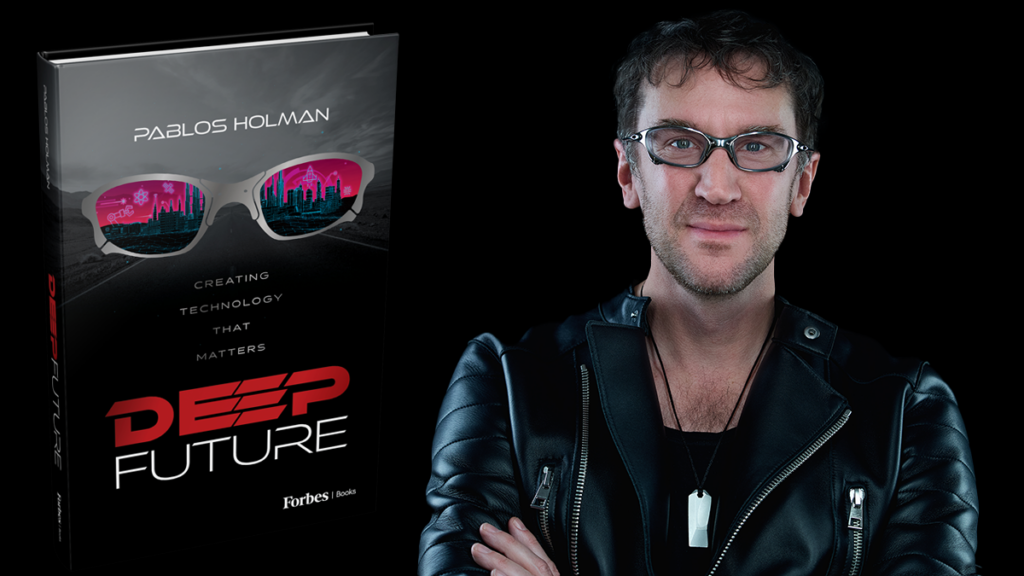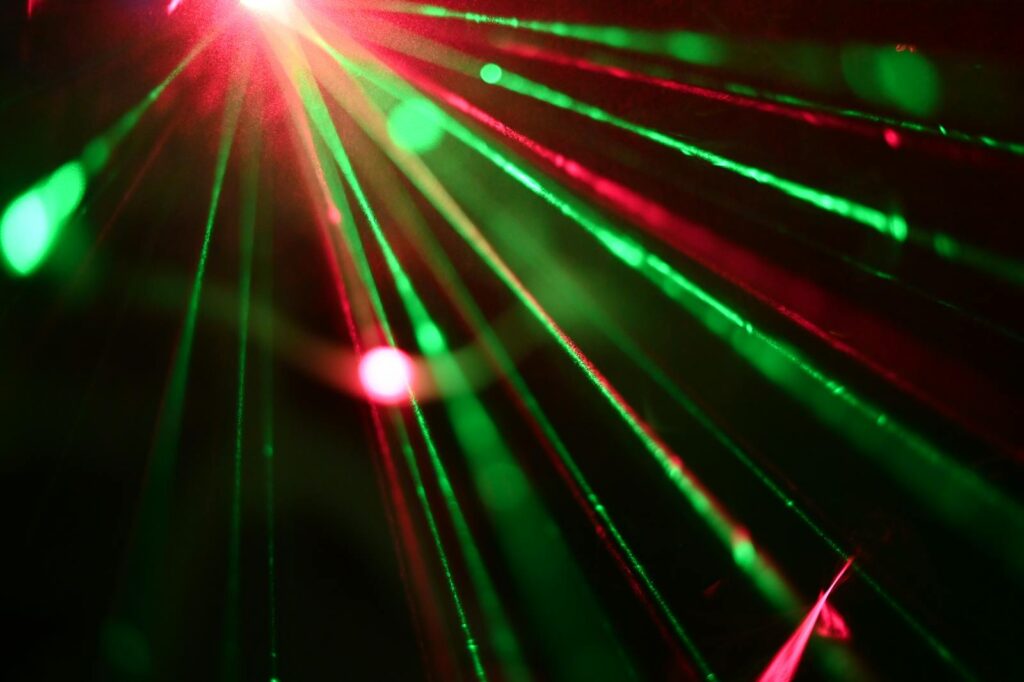Insider Brief
- A senior commercialization executive in the Energy Office of Technology Transitions told NextGov quantum sensing is a DOE priority.
- The US electrical grid uses global positioning technologies but, quantum sensors have the power to report data directly from the electrical grid.
- Critical Quote: “If we have quantum sensors instead distributed…where they need to be, then it’s harder to disrupt the system.” — Rima Oueid
Quantum sensing research and development has been identified as one of the Department of Energy’s priorities as the technology shows promise for electrical grid efficiency and sustainability efforts, according to NextGov.
Rima Oueid, a senior commercialization executive in the Energy Office of Technology Transitions, told NextGov that the agency’s larger goal is to implement quantum information science and technology, or QIST, in existing infrastructure.
Quantum sensors, which are currently used in magnetic resonance imaging machines and atomic clocks, can report more precise data that critical infrastructure relies on, according to the site. The US electrical grid uses global positioning technologies to send positioning, navigation, and timing information. However, quantum sensors have the power to report PNT data directly from the electrical grid rather than satellite-based GPS sources, making the grid more resilient to climate change. Quantum sensors can also be used for monitoring the grid and anomaly detection.

Oueid said that there are different types of quantum sensors that can be deployed directly on the grid for timing, rather than depending on GPS. If quantum sensors supplant GPS PNT information, they could enable GPS-denied areas access to the grid, and infrastructure security would benefit since satellite interference wouldn’t be a concern.
“If we have quantum sensors instead distributed…where they need to be, then it’s harder to disrupt the system,” she told NextGov.
The eventual goal is to fully incorporate distributed energy resources, including wind, solar, and electric vehicles, into the central electrical grid to act as energy assets. While certain market forces must align with DOE’s efforts to spur widespread electric vehicle adoption and integration, quantum sensors can use PNT data to help signal to vehicles when renewables are readily available on the grid to charge their batteries.
Quantum sensors are also being studied for their potential to track climate change with more precise algorithms, as well as conducting subsurface level exploration to find potential underground carbon repositories in an effort to reduce fracking activity.
Oueid noted that the possibilities are tremendous, telling NextGov that “there’s a lot of different use cases that could help us make a system smarter and more efficient to help reduce climate change concerns.”
For more market insights, check out our latest quantum computing news here.


















